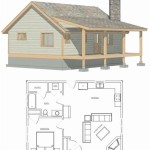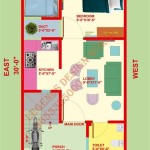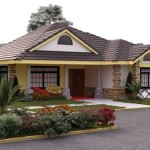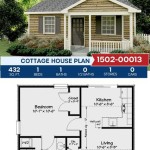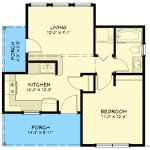Steel Container Home Plans: A Comprehensive Guide to Essential Elements
Steel container homes have gained popularity in recent years as sustainable, durable, and cost-effective housing solutions. Designing a steel container home requires careful planning and consideration of essential aspects. This article provides a comprehensive guide to the key elements that should be addressed when developing steel container home plans.
Site Selection and Preparation
Choosing the right site for your steel container home is critical. Consider factors such as zoning restrictions, soil conditions, access to utilities, and natural surroundings. Soil testing may be necessary to determine the suitability of the land for a steel container home foundation. Proper site preparation involves clearing the area, leveling the ground, and ensuring adequate drainage.
Container Selection and Modifications
The type and size of steel containers used will impact the overall design of your home. Consider factors such as the number of containers needed, the desired layout, and any necessary modifications. Modifications may include cutting openings for windows, doors, and vents, as well as adding insulation and interior finishes.
Structural Design
The structural design of a steel container home is crucial for its safety and durability. Certified engineers should be involved in the design process to ensure compliance with building codes. The design should account for the weight distribution of the containers, as well as wind and seismic loads. Proper connections and reinforcements are essential for stability.
Insulation and Moisture Control
Insulating a steel container home is vital for maintaining a comfortable indoor temperature and reducing energy costs. Various insulation materials can be used, such as spray foam, fiberglass batts, or mineral wool. Additionally, proper moisture control measures are necessary to prevent condensation and moisture buildup within the containers.
Interior Layout and Design
The interior layout and design should maximize space utilization and create a comfortable and functional living environment. Consider the placement of rooms, the flow of traffic, and the integration of natural light. Custom finishes and fixtures can add character and personality to your steel container home.
Electrical and Mechanical Systems
Electrical and mechanical systems are essential for the functionality and comfort of a steel container home. These include wiring, plumbing, heating, and cooling systems. Proper installation and maintenance are crucial for safety and efficient operation. Consider energy-efficient appliances and systems to reduce utility costs.
Finishes and Exterior Coatings
The exterior finishes and coatings of a steel container home play a significant role in its aesthetics and longevity. Apply protective coatings to the containers to prevent corrosion and enhance durability. Various exterior finishes, such as paint, siding, or metal paneling, can be used to create a unique and visually appealing appearance.
Conclusion
Designing a steel container home requires meticulous planning and attention to essential aspects. By considering the factors outlined in this guide, including site selection, container selection, structural design, insulation, interior layout, electrical and mechanical systems, and finishes, you can create a sustainable, durable, and stylish home that meets your specific needs and aspirations.

9 Container Home Floor Plans That Maximize Space House

20 Foot Container Home Floor Plans

8x20 Container Floor Plans House Building A Home

Container Home Plans Blueprints Housing

6 Bedroom Container Home Floor Plans

Container Home Floor Plans Structures Layouts More Ideas

Container Home 6 Floorplan Design Plans House

Container Home Plans Cmg Containers

Affordable Housing Container Home Plans

40 Container Home Plans Eagle Leasing
Related Posts



